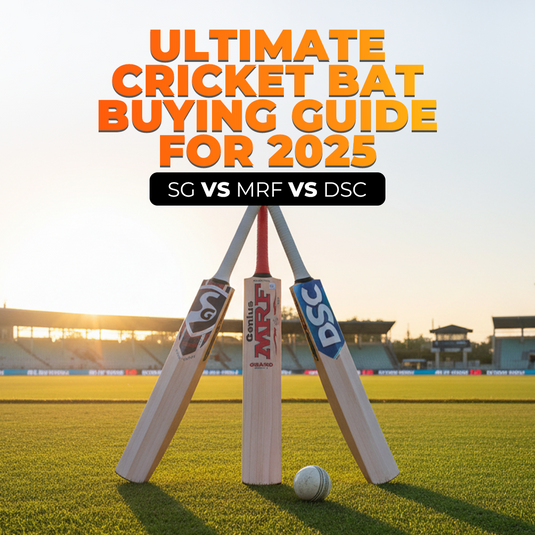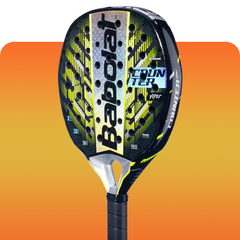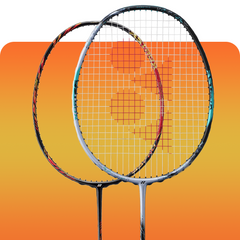Cricket has always been a game of skill, strategy, and speed. Among the most thrilling aspects of the sport is the raw pace of fast bowlers who challenge batsmen with sheer velocity. But who bowled the fastest ball in cricket history? Let’s dive into the records and find out.
The Fastest Ball in Cricket History
The record for the fastest ball in cricket history belongs to Shoaib Akhtar of Pakistan. He bowled a 161.3 km/h (100.23 mph) delivery against England’s Nick Knight during the 2003 Cricket World Cup at Newlands, Cape Town. This remains the only officially recorded delivery to cross the 100 mph mark in international cricket.
Top 10 Fastest Balls in Cricket History
Here’s a look at some of the fastest deliveries ever bowled in cricket:
|
Rank |
Bowler |
Speed (km/h) |
Speed (mph) |
Match Year |
|
1 |
Shoaib Akhtar (Pakistan) |
161.3 |
100.23 |
2003 |
|
2 |
Brett Lee (Australia) |
161.1 |
100.14 |
2005 |
|
3 |
Shaun Tait (Australia) |
161.1 |
100.14 |
2010 |
|
4 |
Jeff Thomson (Australia) |
160.6 |
99.8 |
1975 |
|
5 |
Mitchell Starc (Australia) |
160.4 |
99.7 |
2015 |
|
6 |
Andy Roberts (West Indies) |
159.5 |
99.1 |
1975 |
|
7 |
Fidel Edwards (West Indies) |
157.7 |
98.1 |
2003 |
|
8 |
Mitchell Johnson (Australia) |
156.8 |
97.4 |
2013 |
|
9 |
Mohammad Sami (Pakistan) |
156.4 |
97.1 |
2003 |
|
10 |
Shane Bond (New Zealand) |
156.4 |
97.1 |
2003 |
Who Has Bowled the Fastest Ball in Test Cricket?
While One Day Internationals (ODIs) and T20 matches see high-speed deliveries, Test cricket is the ultimate test of endurance and skill. The fastest ball in Test cricket was bowled by Shoaib Akhtar, reaching 161.3 km/h, the same speed as his world record.
Other notable mentions include:
-
Jeff Thomson (160.6 km/h) in the 1970s
-
Brett Lee (156.8 km/h)
-
Mitchell Starc (160.4 km/h)
How Are Fastest Deliveries Measured?
Modern technology like speed guns, Hawk-Eye, and ball-tracking systems help record the exact speed of a bowler’s delivery. These technologies ensure accurate measurements and allow cricket fans to witness the incredible pace of fast bowlers.
Conclusion
The title of who bowled the fastest ball in cricket history remains with Shoaib Akhtar. His 161.3 km/h thunderbolt in the 2003 World Cup is an unbroken record that still amazes cricket fans worldwide. However, as cricket continues to evolve, new speedsters may emerge to challenge this milestone.
Would we ever see a delivery crossing 105 mph (170 km/h)? Only time will tell! Also, who do you think will bowl the fastest ball of the champions trophy 2025?















